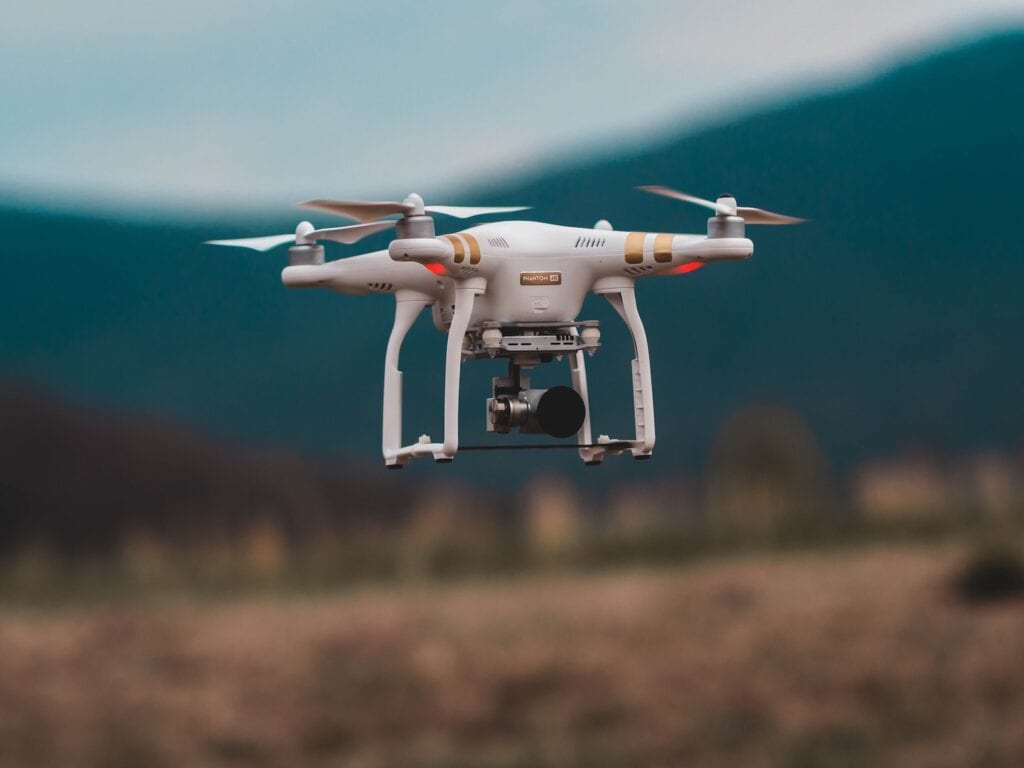
Remote ID rules will allow the identification of UA in the national airspace.
The Federal Aviation Administration (FAA) released the highly anticipated final rules for unmanned aircraft (UA) concerning Remote Identification (Remote ID) and drone operations over people, the agency announced on Dec. 28.
“The new rules make way for the further integration of drones into our airspace by addressing safety and security concerns,” FAA Administrator Steve Dickson, said in a press statement. “They get us closer to the day when we will more routinely see drone operations such as the delivery of packages.”
The Remote ID ruling, seen as a major step to integrating drones into the national airspace, will essentially provide a digital license plate for drones allowing them to be easily identified while flying. The final Remote ID rule establishes a new Part 89 in Title 14 of the Code of Federal Aviation Regulations (FAR) and becomes effective 60 days after the publication date which is expected to occur in January 2021, according to the FAA.
There are three options for commercial and civilian drone operators to satisfy the requirement: standard Remote ID, UA with Remote ID broadcast module, and FAA-Recognized Identification Areas (FRIA), according to the FAA. The standard Remote ID will include the UA ID number, latitude, longitude, altitude, velocity, location information about the control station, emergency status, and time mark. The Remote ID database will be limited to the FAA, but its information can be shared with authorized law enforcement and national security personnel.
UA can also use a broadcast module, which would be a separate device attached to the UA or built into the aircraft, to comply with the Remote ID rules, according to the FAA. The broadcast module will include information about the drone’s flying location, take-off location, and time mark, and must be operated within visual line of sight.
FRIA will be available for operators to fly without Remote ID. Operations have to fly within the boundaries of the FRIA and within visual line of sight, according to the FAA.
The final Remote ID rule eliminates the network-based and internet transmission requirements in the proposed rule and replaces the limited remote ID UAS with Remote ID Broadcast Module requirements.
“This is the kind of the next big step in our strategy to integrate UAS operations and be able to scale them in the airspace, rather than segregate them in specific areas or do exemption carve-outs and things like that, which was really kind of where the agency was about four or five years ago,” Dickson said during a presentation in October. “And so, I think that we are on a path towards integration and Remote ID is the next big enabling step to do that.”
Part 107 waivers will be eliminated with the “Operation of Unmanned Aircraft Systems (UAS) Over People” final rule. This rule will also enable operations at night and over moving vehicles, according to the FAA. The rule divides UAS into four categories according to the level of risk to the people on the ground and assigns requirements by category.
The final ruling made changes to the exposed rotating parts on Category 1 small UA and added Category 4 as eligible for operations over people and moving vehicles. It also requires Category 1, Category 2, and Category 4 small drones to operate over open-air assemblies if they can meet the requirements of the Remote ID rule, according to the FAA.
The rule requires operators to have a remote pilot certificate and Remote ID while operating UAS, according to the FAA. It also requires pilots to complete pilot certification tests every two years.
“These final rules carefully address safety, security, and privacy concerns while advancing opportunities for innovation and utilization of drone technology,” U.S. Secretary of Transportation Elaine L. Chao, said in a press statement.